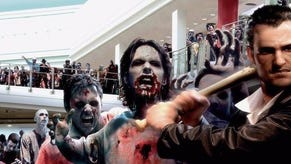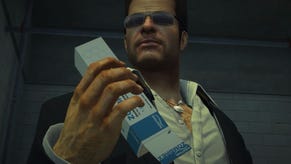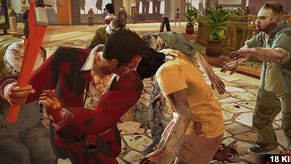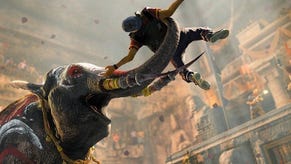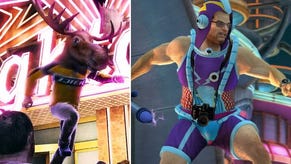Tech Comparison: Dead Rising 2 PC
This time it's personal computer.
Yesterday's release of Dead Rising 2 on PC presents us with an interesting example of all that is good and bad about mainstream gaming releases on the computer platform. By default it is the best version of Capcom's zombie sequel, and if you shop around it is by far the cheapest. However, it also highlights quite dramatically just how much PC gaming technology is being held back by the technical limitations of the current generation of HD consoles.
It didn't used to be like this. It wasn't so long ago that we could look to the PC version of any multi-platform launch as the "master platform" from which the console releases would be converted from. Artwork and polygon levels would be pared back to accommodate the limited RAM, slower CPUs and older graphics chips that were built into the consoles.
Nowadays, thanks to a combination of focusing on getting as much performance from console as possible combined with a frankly enormous PC piracy problem, plus the spiralling costs of creating game art, things have changed. Consoles are now the focus, to the point where the incredible rendering technology being developed by NVIDIA and AMD is simply being used to generate fairly simplistic visuals compared to what the raw hardware is physically capable of delivering.
Dead Rising 2 is the perfect example of this, and it's born out in the comparison assets. First up, we've updated the Face-Off comparison gallery to factor in the PC version of the game. Next, here's our usual comparison movie, featuring the 360 and PC games (with an alternative PS3/PC Face-Off vid also available).
Dead Rising 2 is obviously developed with the consoles first and foremost in the developers' minds. The challenge was daunting: to create a game that manages to cram as many zombies as possible into large environments with an insane draw distance. On 360, developer Blue Castle Games managed to achieve this at full 720p resolution with 2x multi-sampling anti-aliasing, with a decent stab at maintaining a v-synced 30FPS update. The PS3 conversion doesn't fare quite so well, but is still a perfectly playable and enjoyable release.
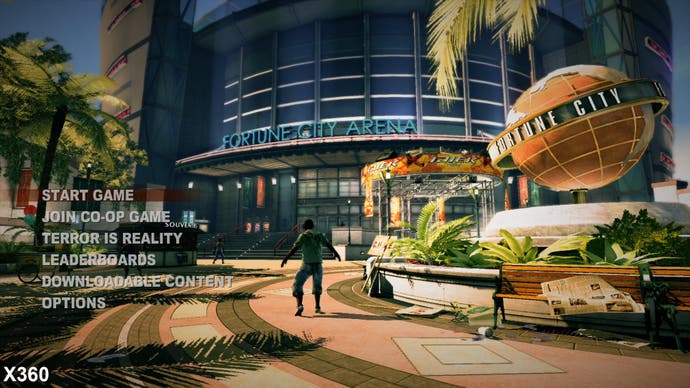
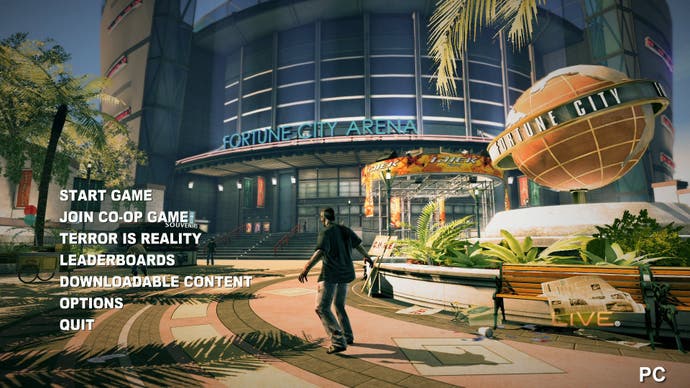
On PC, the amount of graphical tweakables you have available is fairly limited - nowhere near as threadbare as Capcom's Bionic Commando but still fairly light. There's the mandatory ability to switch resolution. You can also increase both anti-aliasing and anisotropic filtering levels significantly and turn blur on and off. But that's about it really - aside from a 3D Vision mode that some enthusiasts are saying breaks game performance.
Obviously, the ability to increase these settings to well beyond the limitations of the consoles is significant, but the bottom line is that the raw assets for the game were designed to be seen at 720p resolution. Even then, the requirement of running so many zombies on-screen meant that compromises had to be made - geometry levels and textures can be pretty simplistic, and lighting is fairly basic. On a PC this translates to a game capable of operating at supremely high resolutions, but still featuring rather bland artwork in places: all those extra pixels count for little if the base artwork is of a fairly low resolution.
While artwork quality is essentially a match, there are areas where the PC version shows definite improvements. For example, in the shots above, comparing the 360 version running via 1080p upscaling to the PC version running at the same resolution, we see that the texture quality is definitely improved on the computer version. Chances are that some elements of the art are identical while others such as normal maps and specular are running at a higher resolution.
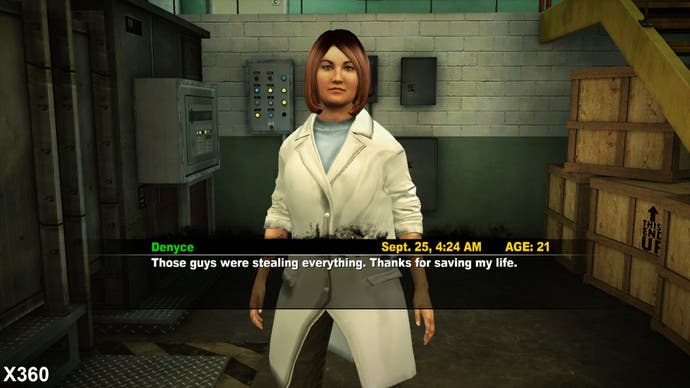

Other elements we would expect to see improved significantly don't really see much change. Shadowmap filtering is improved (as is usually the case with PC conversions of console titles) but the game still operates with cascades - the further you go into the difference, the lower the overall shadow resolution. The transition points in the cascade remain the same between 360 and PC, which is a bit surprising.
Where moving up to a higher resolution should make a difference is in terms of draw distance. It stands to reason really - with more definition there are physically more pixels available to render the faraway elements of the scene, and you would hope that the LODs - the detail level, in effect - of the zombies and environment would be increased in order to favour the higher resolution available. Aside from natural increase in texture detail via the normal process of mip-mapping, we don't really tend to see much improvement. However it does seem that the accomplished depth of field effect the developer uses is pulled back on the PC version, giving the impression of a clearer view at long distances.


